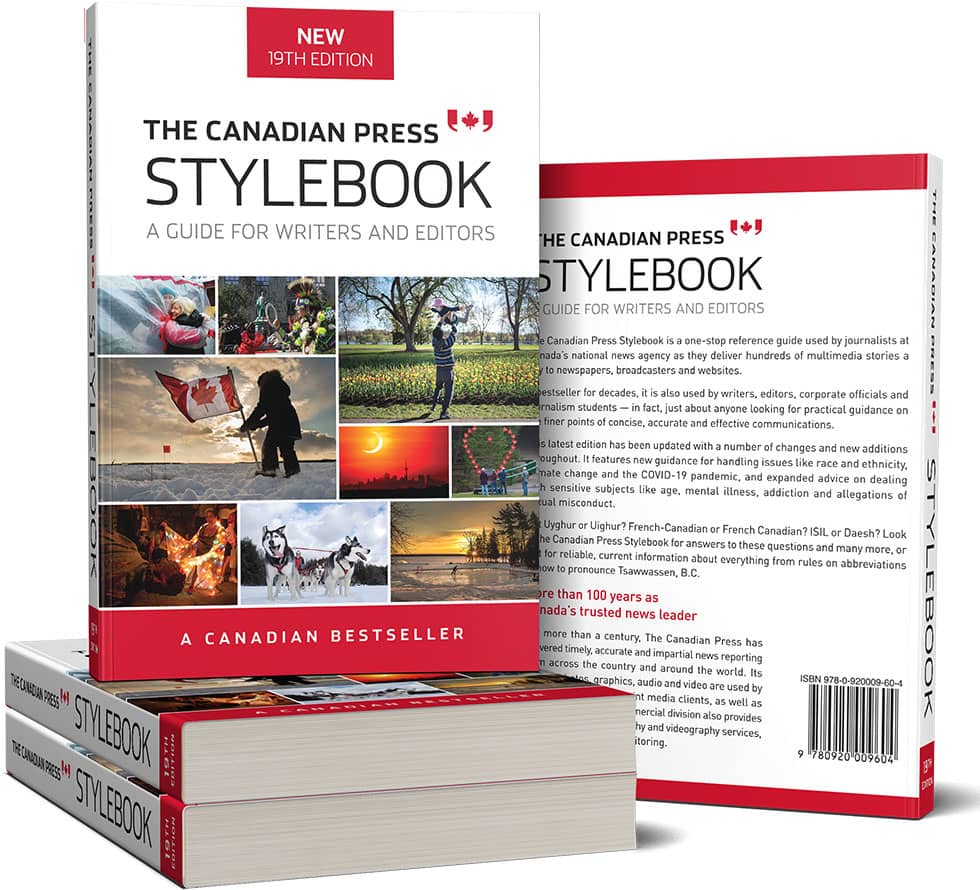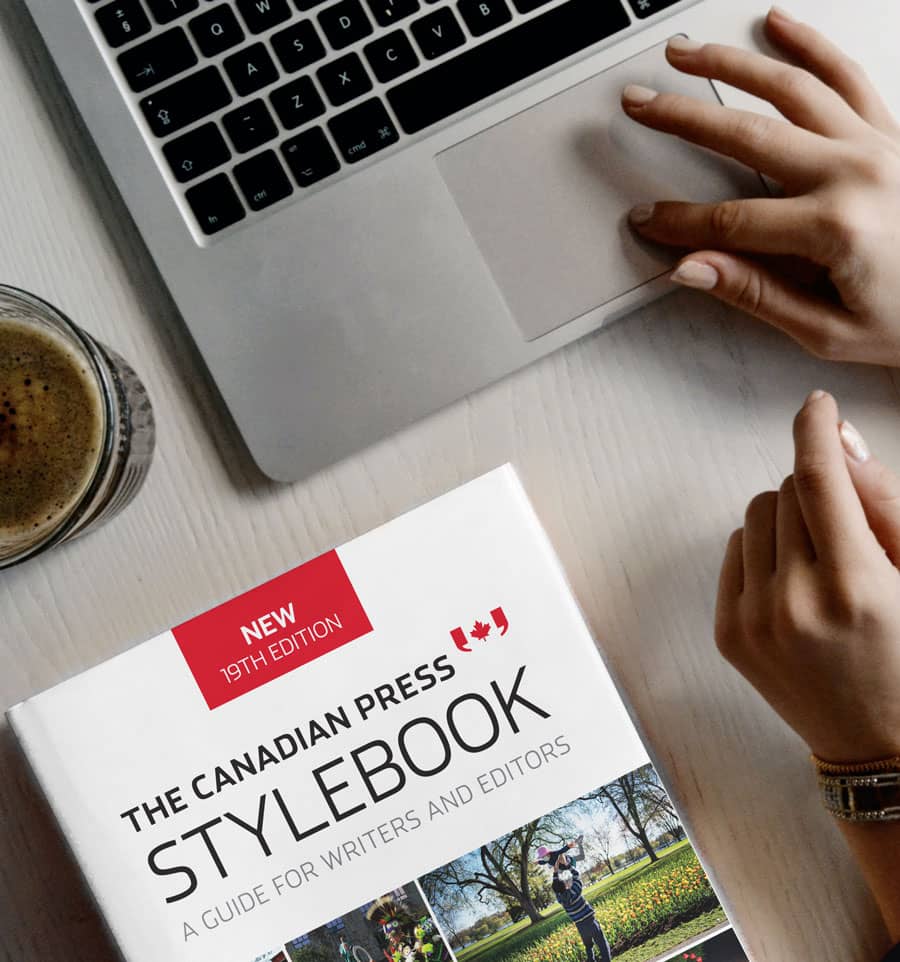Every two years, The Canadian Press issues a revised edition of their Stylebook, an essential guide for writing and editing for Canadian media and communication professionals alike.
But with access to countless other writing resources online and in print, what makes CP’s Stylebook a must-have resource for seasoned editors, public relations pros, corporate communicators and students working in the field? This edition brings to light certain topics Canadians should pay close attention to including sensitive subjects, which words to avoid, how to write about vaccines, viruses and variants and climate change.
GlobeNewswire’s media relations team recently coordinated an interview with James McCarten, editor of the new Stylebook, to gain a glimpse on the thought process that goes into style updates and changes.
Keep reading to learn more.

According to McCarten, the editors focused a lot of energy on parsing through how to discuss sensitive subjects. Many variables played into these changes from social media, the changing face of journalism, freelancers, and social change/movements such as indigenous issues and Black Lives Matter. The book deep dives into the following:
The guideline highlights why certain changes are needed. The editors involved in the revision used a holistic approach to cover topics with a strong emphasis placed on helping their readers understand rather than learn the book’s updates.
The book challenges its users to be more aware of their surroundings and to avoid using muscle memory.
“We tried to change how people think about things and focus on the WHY,” McCarten said. “The book will highlight reasons to capitalize ‘Aboriginal’ and ‘Black,’ for example. The reasons behind the guidelines are not always easy but understanding them can change practices.”


This change in focus, McCarten explained, was “jump started during the 2010 Arab Spring, as a direct consequence of the omnipresence of social media.”
The importance of quickly adapting and listening to social media chatter helped foster different attitudes and working styles for editors, journalists and communication professionals alike. Social media has helped stimulate a lot of change regarding how sensitive topics are discussed.
The Stylebook explains how there are no single right answers and that the rule is that there are no rules.
“While in the past, if there wasn’t a clear answer to a question about nomenclature for example, none was provided. But now, we provide guidance for these questions,” he continued.
The policies and guidelines are informed and forged by working in Canadian newsrooms. Along with highlighting the customary Canadian spelling difference between American and British spelling, the book helps expose certain word spellings that have been adopted from the U.S. while the British format has lost popular use.
The book also highlights when and where certain words and nomenclatures might be acceptable on one side of the border but not the other.
To order your print edition or get online access to the new Canadian Press Stylebook, click here.


For more than 15 years, GlobeNewswire by Notified and The Canadian Press (CP) have enjoyed a unique partnership: press releases distributed by GlobeNewswire on behalf of thousands of clients are delivered directly into newsroom editorial systems and to the desktops of journalists at almost 700 media outlets served by CP across Canada.
GlobeNewswire lets you share your news with media, investors and consumers around the world. Built for PR, IR, marketing and agency professionals, GlobeNewswire gives you a wide range of options to help you build brand awareness, reach new audiences and drive earned media. Learn more at: https://www.globenewswire.com
Put your news release in front of journalists – Get started with Intrado, our news release partner, by creating a free GlobeNewswire account:
Register for your account (with our partner, Intrado)
OR complete the form on this page and a GlobeNewswire representative will be in touch with you promptly.